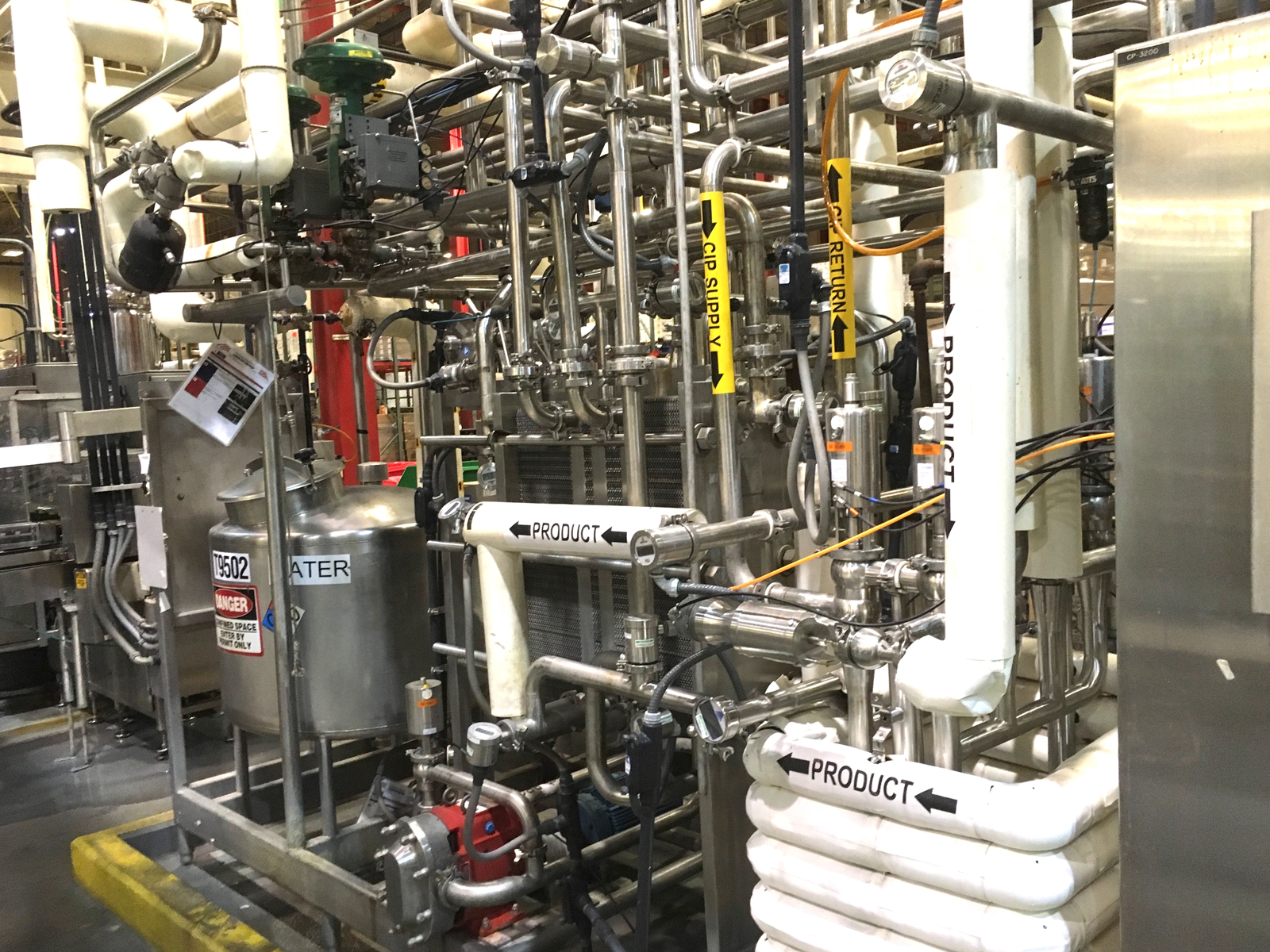
Providing you the best range of Clean In Place System with effective & timely delivery.

Minimum Order Quantity: 1 Number
Cleaning in Place (CIP) has been around for approximately 50 years, and is commonly used in hygiene criticalindustries, such Food, Beverage andPharmaceutical, to clean a wide range of plant. CIP refers to the use of a mix of chemicals, heat and water to clean machinery, vessels or pipe work without dismantling plant.
The principles of CIP can be applied to any industry and plant where hygiene is critical; and the process is usually an integral part of any automated plant. Increasing Health and Safety legislation is set to make CIP more common, which is a good thing because a shiny surface on the outside of plant is no guarantee of cleanliness on the inside. CIP is principally concerned with soil removal: soil being anything that should not be present in a clean vessel. Soil can cause tainting and can often be smelt. It can be visible (scale, foreign bodies,) or invisible in the form of bacteria, such as E Coli, or Yeast spores.
The time needed to remove soil is at least 15 minutes using a suitable chemical (strength dependent on chemical supplier and product) at temperatures above 50 degrees C, but no greater than 75 degrees C because there is no advantage to be gained above this temperature.
Commonly used chemicals for soil removal include Caustic Soda, Phosphoric and Nitric acids, Sodium Hypochlorite (Hypo) and Peracetic Acid (PAA). Caustic Soda is an alkali typically used at 0.5% - 2% volume. It reacts with the fats in the soil and softens it for removal. One downside is that Caustic Soda is not effective for removing scaling. In addition, sequestriants are often added to keep soiling in solution. Phosphoric and Nitric Acids are used in detergent formulations for scale removal, often at lower temperatures than Caustic. These acids must be used with care as they can attack valve and pump seals. They are often used in dairies for one week in every 6 weeks to remove milk scale, and can be used after commissioning to remove installation debris.
Sodium Hypochlorite (Hypo) offers the advantage of a very low cost. It is used primarily for disinfection because its ability for soil removal is poor. The active ingredient of Hypo is Chlorine (Bleach). This can corrode Stainless Steel in high concentrations and will attack seals and personnel. It will also taint if not rinsed out; and is dangerous if mixed with acid, forming Chlorine gas, which is poisonous. PAA is an equilibrium mixture of acetic acid and hydrogen peroxide. It is a powerful oxidising agent with an oxidation capacity higher than sodium hypochlorite and chlorine dioxide, and is comparable to the oxidative capacity of ozone. PAA at 75 mg/L is reported to successfully kill 100% of a 10(7) cell/ml yeast or bacterial population in 30- seconds. Types of CIP Systems we provide: